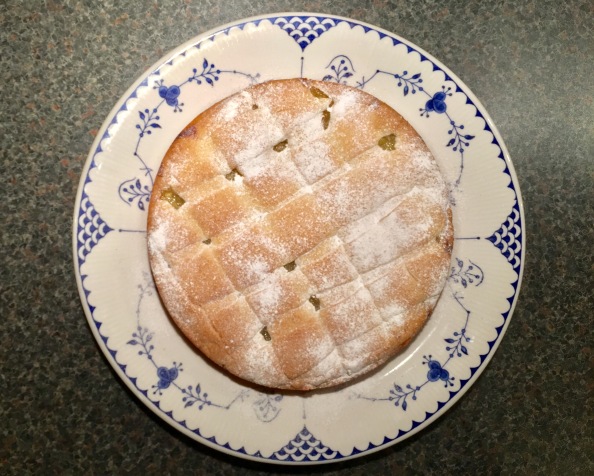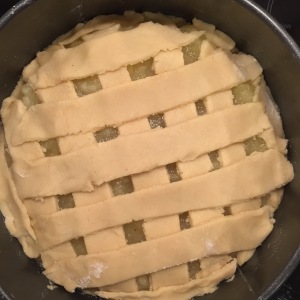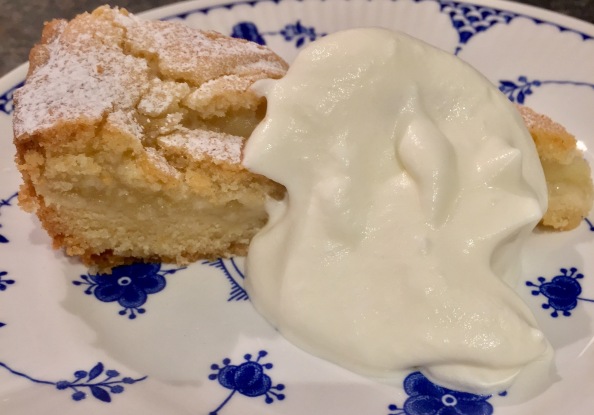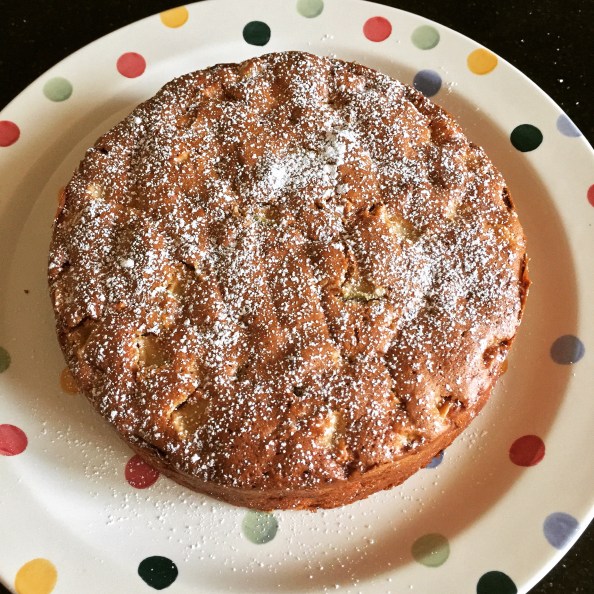
The cake
Parliament has gone into recess, a new Prime Minister is in place and the schools have broken up, so it’s probably not too soon to say that the political scene will calm down a little following the tumultuous four weeks since the EU Referendum result. For this news junkie it will mean more time for neglected chores but more importantly, even though we’re not going away on holiday this year, for doing nice things with friends and family.
And now is when it starts. It’s the time of year again when I make a birthday cake for my eldest son, who is 29 today, which is hard to believe. For the last three years he’s shared his birthday with Prince George. Two of his brothers and I celebrated his 26th birthday over lunch in a Cambridge restaurant and I recall that they were irritated with me because I kept glancing at my phone to see if there were any news alerts about the royal baby. It had been announced earlier that morning that the Duchess of Cambridge had gone into labour.
I can’t remember if I made a birthday cake on that occasion, but I like to bake one for all my boys’ birthdays if it’s practical. The eldest was on an expedition in Ecuador for his seventeenth birthday and there’s a great photo of him waking up in his sleeping bag to be presented by his friends with a cupcake bearing a single candle. He lives in Cambridge and a couple of years ago, because we weren’t going to manage to meet up around the big day, I ordered him two cakes from that great Cambridge institution, Fitzbillies. (If you ever visit, you have to try their Chelsea Buns.) I couldn’t decide between the chocolate and the carrot so bought both (in the smallest size). Extravagant, but I knew he’d be sharing them with friends.
When he was small I wasn’t really into baking and anyway, was working full-time and didn’t feel I had much time in my life for it. But I did usually manage to make some sort of sponge cake and get my husband, who is more creative than me, to cut it up and shape it into whatever the boy was into that particular year, ready for me to slather it in buttercream. For example, we made a train when he was two and a football pitch when he was five.
This year, not for the first time, I’ve made his favourite Glazed Lemon Cake from the Silver Palate Cookbook. It’s not particularly quick to make, what with seven lemons to zest and a lengthy icing process, but worth it for an occasion and one cake goes a long way and keeps well in an airtight container.
We are all meeting up in London this weekend to celebrate the birthday. I will be travelling up alone on the train and have to work out a way to get the cake there without damaging it. I know it freezes well so I’ve decided to freeze it and let it gradually thaw during the journey. That way it will be very fresh by teatime and also not too squishy while in transit.
Glazed Lemon Cake
You will need a bundt tin, greased, or a tube tin, as it’s called in The Silver Palate Cookbook, which is American.
Conventional oven: pre-heat to 160ºC
You want the lemon zest to be very finely grated. I find a Microplane grater is best for this.
Ingredients
- 7 lemons (you’ll need all the zest but the juice of only 3 or 4)
- 225g unsalted butter
- 400g granulated sugar
- 3 eggs
- 375g plain flour
- 1/2 tsp baking powder
- 1/2 tsp salt
- 284ml buttermilk
- 2 tightly packed tbsps grated lemon zest
- 2 tbsps fresh lemon juice
- Lemon icing: see below
Method
- Cream butter and sugar until light and fluffy. Beat in the eggs, one at a time, blending well after each addition
- Sift together flour, baking powder and salt. Stir dry ingredients into egg mixture alternately with buttermilk, beginning and ending with dry ingredients. Add lemon zest and juice
- in Full disclosure: as you know, I’m a fan of the all-in-one method and it works for this cake too. Mix thoroughly all the ingredients except the zest and juice and fold these in at the end
- Pour batter into the prepared tin. Set on the middle rack of a pre-heated conventional oven or on the rack on the bottom rung in the Aga baking oven. Bake for 1 hour 5 minutes (conventional) or slightly less time in the Aga
- For Aga baking I check the cake after 30 minutes and turn it, and then check it every 10 minutes to make sure the top isn’t burnt. It shouldn’t take more than 1 hour in total. It’s done when a skewer comes out clean
Lemon Icing
- 450g icing sugar
- 113g unsalted butter, softened
- 3 tightly packed tbsps grated lemon zest
- Juice of about 2 lemons
- Place the sugar, butter and about half the juice in a mixing bowl and gradually blend them using a handheld mixer. When smooth, mix in the remaining juice and zest. Note: this icing is a lot runnier than buttercream icing.
- When the cake has been out of the oven for about 10 minutes, gently pierce it all over using the narrow end of a chopstick. Spoon over about a third of the icing and allow it to sink in for about 5 minutes before turning out the cake onto a cooling rack
- Pierce the other side of the cake all over and begin spooning over the remaining icing. It will slide down the sides and end up on your board/work surface but you just have to keep scooping it up and pouring it over the top again. This is the boring, lengthy bit: it could take half an hour until the icing has stopped sliding off the cake and has mostly sunk into it. See slide show below:
This slideshow requires JavaScript.












































 Don’t worry: you can just patch them together as you place them. As you can see from the photos, mine does not look remotely professional
Don’t worry: you can just patch them together as you place them. As you can see from the photos, mine does not look remotely professional














